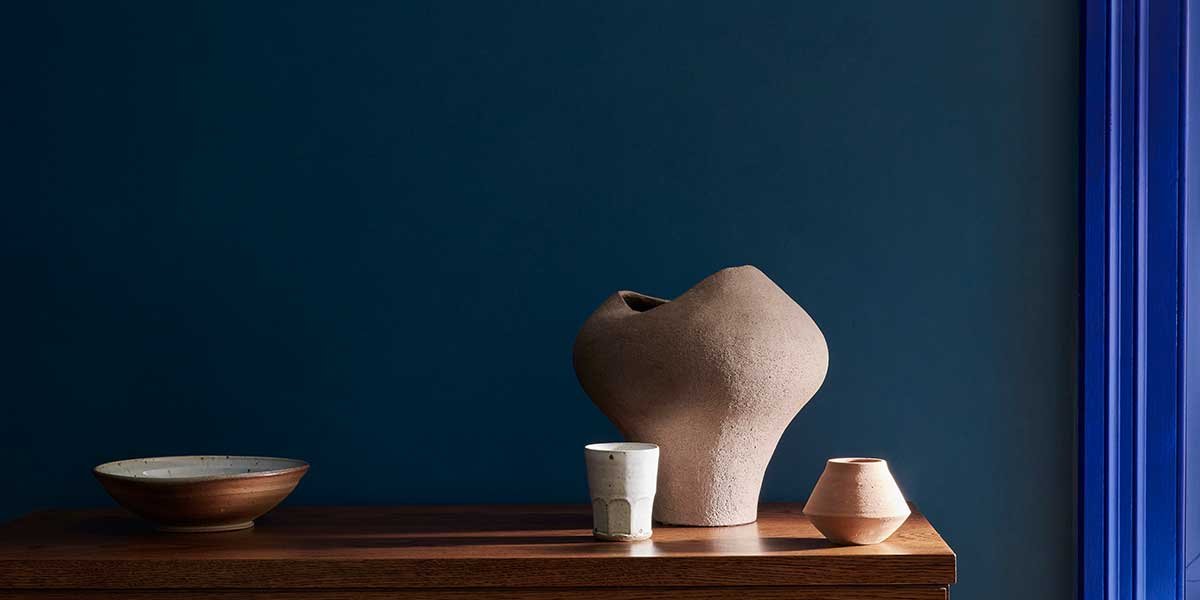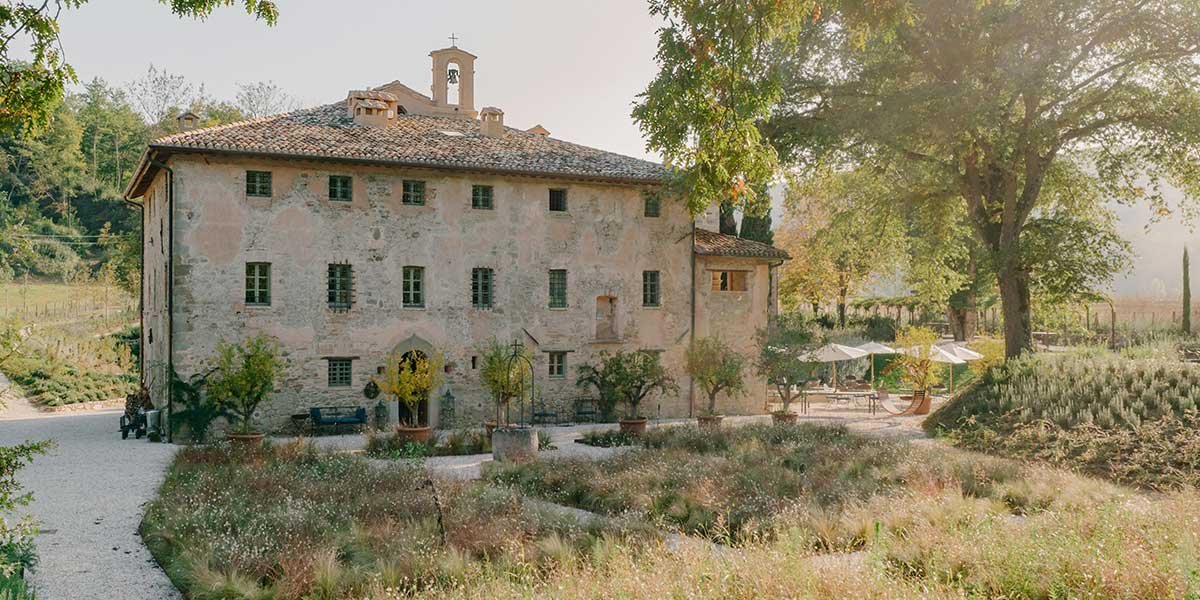by Stefania Fanchini – landscape architect – stefaniafanchini.it
The Rose, a complex symbol. The Rose, a complex symbol. In myths, religions, and legends, it encapsulates meanings that are completely contrasting: celestial perfection and earthly passion, time and eternity, life and death, fertility and virginity. If you think about it, no other flower permeates our collective subconscious like the rose, confirming that it is the flower par excellence not only in our gardens but also in our imagination.
The curious aspect is that the passion for cultivating roses dates back to a relatively recent era. Starting from 1820, with the importation of some Chinese roses, the flourishing market of hybridizations developed, which produced the great variety of the 19th century, characterized by increasingly long blooming periods.
The world of roses is truly boundless and intriguing. Personally, I had the pleasure and honor of meeting Vittorio Ducrot on a warm and sunny late spring day at his beautiful estate in Corbara, Umbria.
Founder of I Viaggi dell’Elefante, he has been dubbed the rose hunter or rather the Indiana Jones of botany for his tenacity in pursuing his extraordinary collection with his wife Isabella around the world, often in an adventurous manner (A garden for roses – ed. Viaggi dell’Elefante). From that intoxicating day, we returned with a gift, a tiny Rosa rugosa, a rugged rose, imperturbable in the face of numerous assaults by masons and aggressive bulldozers during the construction of my country house. It marked our presence in that beloved place first.
Image taken from rose.it
Often, I wander around fairs and nurseries and I notice that people always ask for a combination of exceptional qualities for roses: fragrance, long flowering, and disease resistance. In reality, it’s not that simple, but various schools of thought believe that it’s just a matter of scrupulously respecting some cultivation principles: growing roses in a healthy and well-fertilized soil with manure, pruning them correctly and at the right time, finding the right location in relation to their future development, and above all planting them alongside trees, shrubs, and perennial herbs of all kinds, so that biodiversity reduces the propensity to become ill, typical of plants grown in monoculture.
Image taken from gooxom.net
What is pruning for? Roses need to be pruned to strengthen the plant, discipline it, and promote better and more abundant flowering.
When to prune? Tradition has it that rose pruning takes place between January and February in places where winters are severe, while in milder areas it can be done at the end of autumn. The recommendation is to prune when the plants are dormant, thus avoiding sap loss and the proliferation of diseases. How do you know where to cut?
Every rose is different and should be treated accordingly, but if I were to indicate some general rules for good pruning, I would advise you to use common sense and treat them like the rest of your plants: respect the natural posture of the form and promote air and light circulation through careful cleaning of dry, weak, or damaged branches that are no longer able to bloom.
The branches you judge ‘healthy’ should be pruned to a maximum of one-third of their length just above a vigorous bud facing outward, with a 45° angled cut, clean and favoring the bud, to be made with well-sharpened and disinfected pruning shears.
Graphics on pruning taken from lacameraverde.it
A proper pruning, which makes the plant more vigorous and suitable for growth, will no longer be necessary once the plant has reached the desired size.
After 4 or 5 years, most roses will have old or lignified branches: these can be removed to favor younger and more vigorous ones. Alongside this main pruning, there is a secondary summer pruning to remove faded flowers and stimulate a late second flowering. My final advice?
If we learn to observe before starting to prune, we will discover that the plants themselves will show us what to do. Don’t be afraid to make mistakes, you will surely make them. With practice and by honing your sensitivity, you will eventually be able to collaborate better with your roses to showcase them in spring in all their splendor.

The cover image is taken from giardinodellerose.it.



























